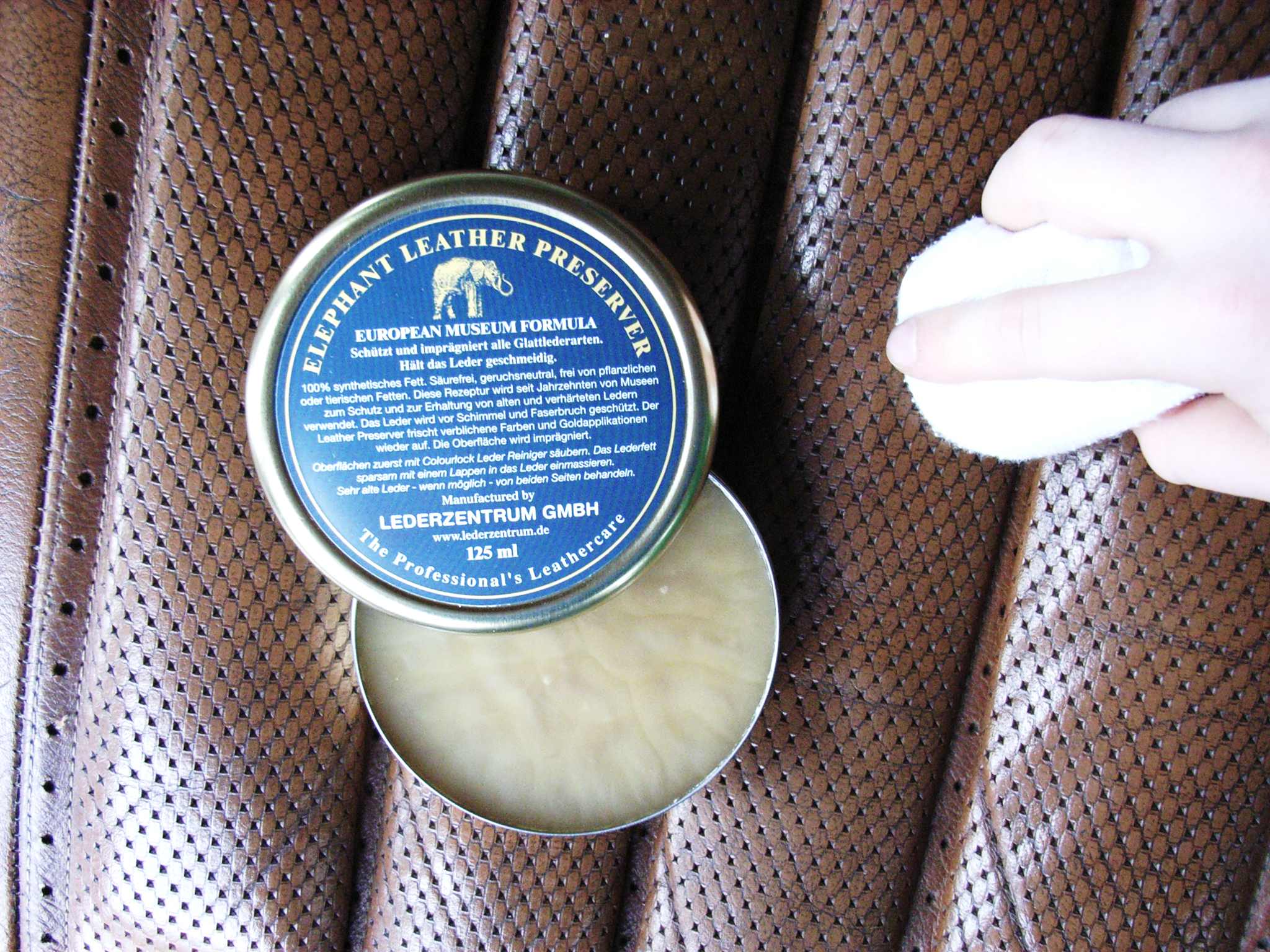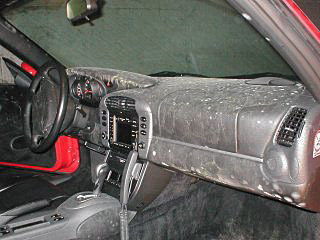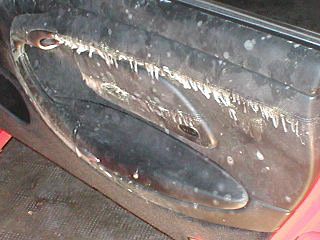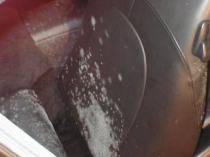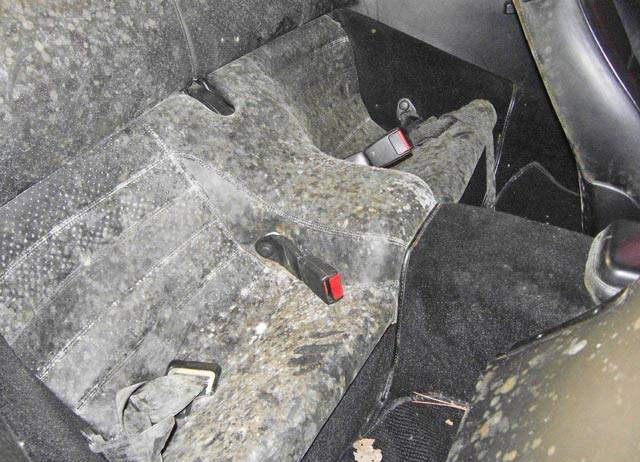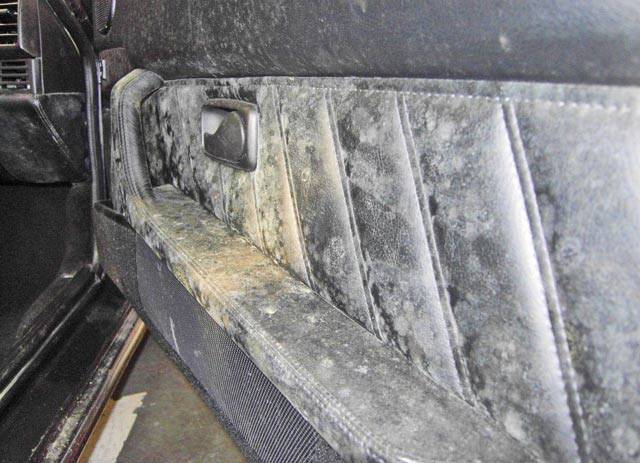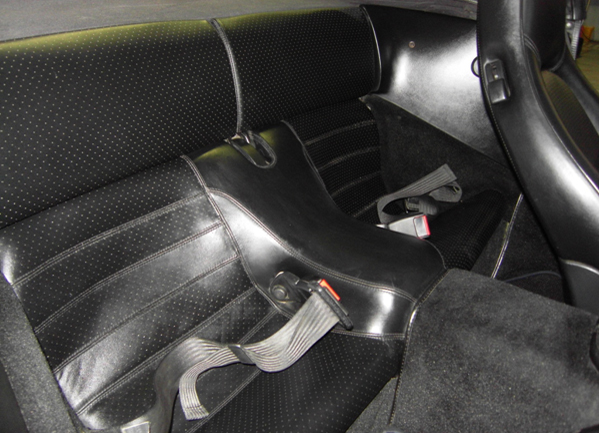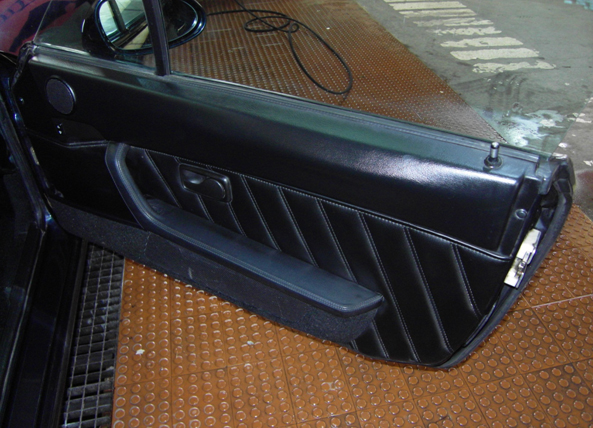The treatment of moldy leather
Some leather surfaces get a whitish coating, blackish spots or take an unpleasant odour due to improper storage. In most cases it's mold.
LEATHER CLOTHINGS
Mold spores are not completely removed by a superficial cleaning. The majority of the mold is not visible. Therefore just cleaning the surface is not sufficient. We recommend to wash the leather garments with LEDER FEIN Leather & Fur Wash Concentrate and to treat before with LEDER FEIN Leather Fixative. Please pay attention to our washing instructions for leather clothing. The Fixative kills the mildew and the detergent washes the smell out. On extremely strong smelling objects, the smell can't completely be eliminated. Important: Never store the clothing again in a bag or in a humid environment without air circulation. Otherwise the mold comes back soon.
CAR UPHOLSTERY AND LEATHER FURNITURE
The following instruction is for pigmented leather (colour finish on the surface). In case of other types of leather, always contact a specialist first. In particular open pore leather (suede, nubuck and aniline leather) must be treated cautiously!
Leather should be stored at room temperature at a humidity of 40 to 60 percent. An adequate air circulation must be ensured. Air humidity of more than 70 percent, high temperature and lack of air exchange support the growth of fungi and bacteria enormously.
We cannot answer comprehensively if mold can be removed with cleaning and care products alone. It largely depends on the duration the leather was exposed to adverse environmental conditions and every case has to be looked at differently. Little bit of mold that appears on vintage car seats after a few months, usually can be removed by simple means. Upholstery parts, where the mold has spread over several years, are rarely removable. The reason is not only the visible soiling on the leather. Mostly the entire inner core of the upholstery is infected with mold and the smell remains even after it is thoroughly cleaned. The mold spores are blown out together with an unpleasant odour.
Spraying air fresheners or other perfume to mask the smell does not solve the problem either. It only results in a mixture of perfume and mildew smell. Such severe cases can only be solved by replacing upholstery and leather by a saddler.
For lighter mold growth following procedure is recommended: All leather surfaces should be cleaned with COLOURLOCK Strong Leather Cleaner. The largest part of the mold is invisible. Therefore all surfaces must be cleaned thoroughly to remove all mold spores as much as possible. This includes frame, feet (furniture), but also the entire interior such as interior roof, panels, carpets, etc. (cars).
In the past different products for general mold killing were tested. Vinegar essence and isopropyl alcohol were the best in the test. Alcohol however, is out of the question for leather, because it dissolves many surfaces. But vinegar essence is an ideal product. Leathers is in the acidic state after the tanning process. Over time the pH levels within the leather shift and the leather becomes slightly unstable. The correction of the pH levels is therefore a recommended measure for older leather. Treating the leather with vinegar essence nourishes the leather. Mix the vinegar essence (usually twenty-five percent acetic acid) with same amount of water. Ensure all surfaces are treated with this mixture. Not just the leather. Don’t wet the area too much while working.
This treatment should also remove the smell of mold if leather had not been incorrectly stored for too long. To verify this, park the car for a while in the sun and keep the windows closed or heat the furniture in front of a sunny window or with a hair dryer. Repeat the process until no smell is noticeable. COLOURLOCK Smell Killer can be used additionally. Also, try to detect which surface is the origin of the smell. Heat the surfaces and check every part. This ensures the source of the odour is treated.
The appropriate aftercare is important for sustainable success. In particular, the use of vegetable/animal fats and oil based care products provide the perfect breeding ground for re-infestation. It is therefore important to care with synthetic products. COLOURLOCK Leather Protector and COLOURLOCK Elephant Leather Preserver are based on synthetic oils and fats to ensure a long lasting conservation without increasing the risk of mold. COLOURLOCK Leather Protector is first choice for dull leather. It contains oils that keep the leather soft and antioxidants that reduce the degradation of the leather. COLOURLOCK Elephant Leather Preserver is recommended for shiny leather and for leather stored in areas like the house shed which remains in risky storage conditions. As it’s as waxy product, it stays more on the surface and provides better protection against mold. Both products are very intense and a regular economical application is always better than intensive treatments.
The best protection against new mold is a secure storage! Only the use of care product cannot permanently prevent mold. It is not necessary to constantly check the temperature and humidity, but clearly wrong storage locations and conditions should be avoided at all costs.
 AUSTRALIA
AUSTRALIA

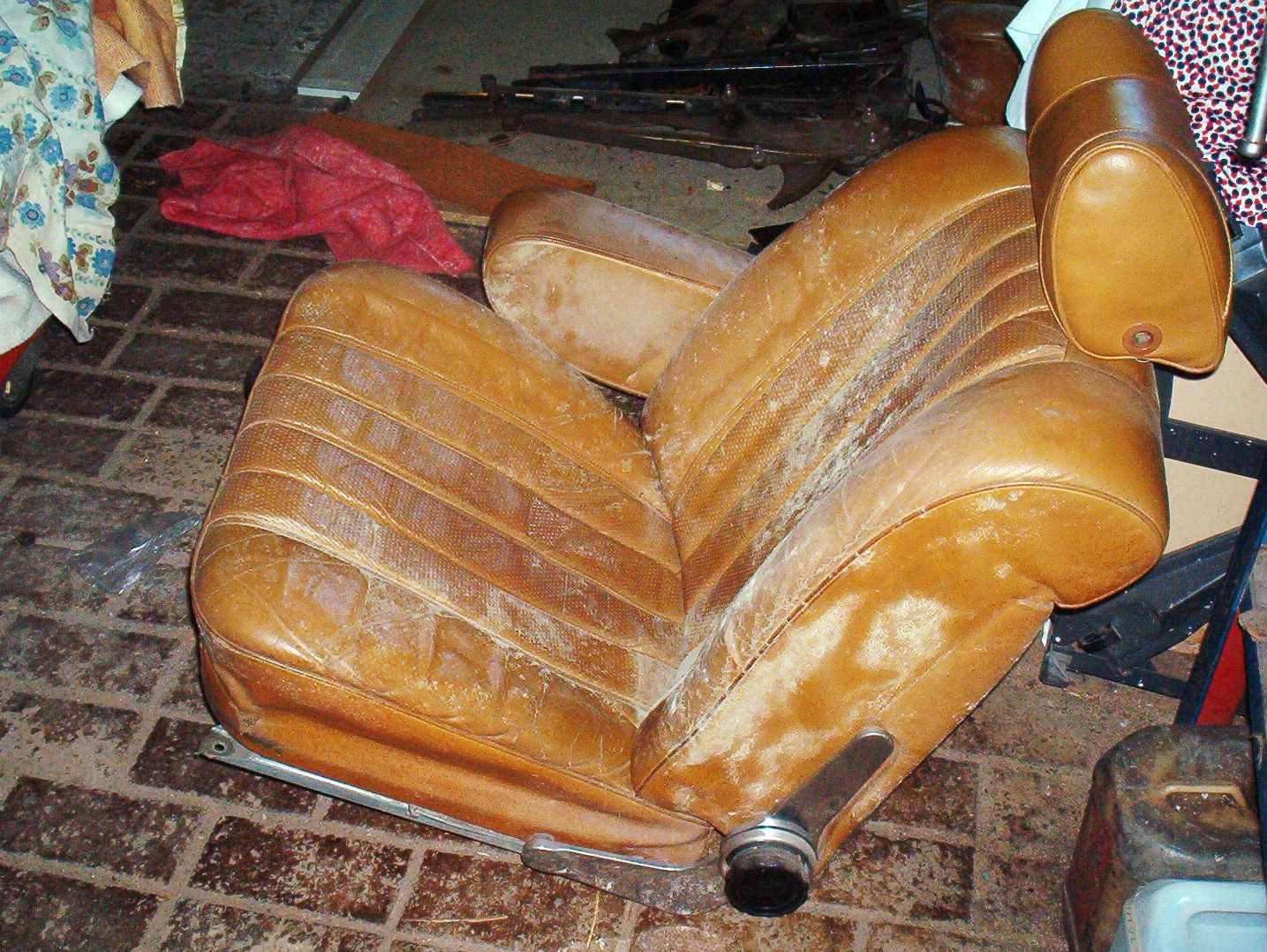
.JPG)
.JPG)
